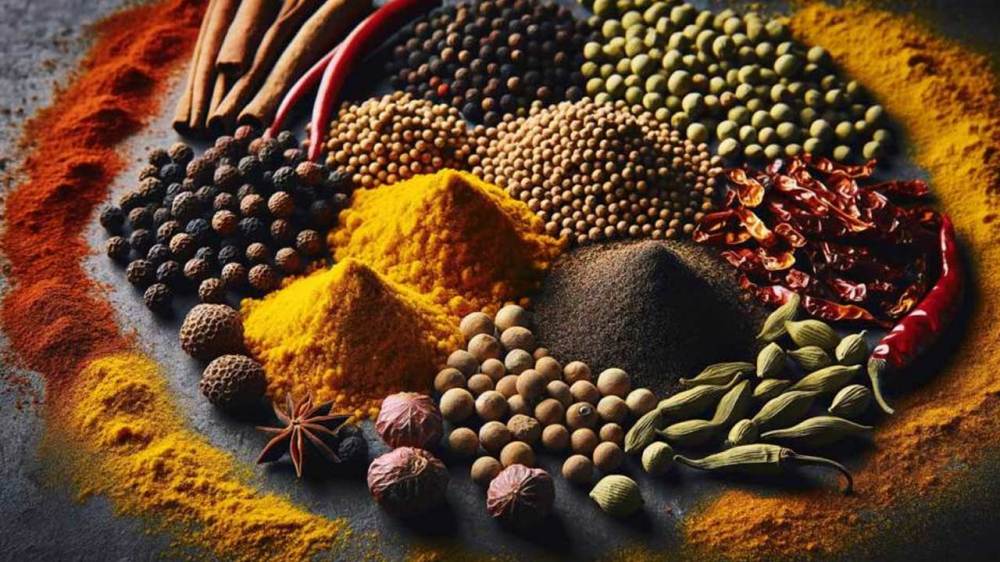
The products of two Indian spice brands ADH and Everest were banned in Singapore and then Hong Kong and following the ban, there are reports of the brands' spices being rejected in the US and Australia as well. It's been almost a month, but no action has been taken against these two brands in India and the state governments have been content with merely ordering samples of these brands of spices and testing them. Under such circumstances, the Food Safety and Standards Authority of India (FSSAI), the apex body that regulates food safety, has taken a non-trivial decision last month, which casts doubt on its mandate. In any country, the food safety regulatory body sets limits on acceptable levels of pesticide residues in any food product. This limit is technically called maximum residue limit (MRL). Any food item is considered legal if it contains pesticide ingredients within these prescribed limits. Now surprisingly, last month FSSAI has increased this default limit i.e. MRL per kg for spices from 0.01 mg to 0.1 mg per kg. That means this limit has been increased 10 times. Surprisingly, this limit for other food items has been kept at the previous level of 0.01 mg per kg. Of course, while increasing this limit, FSSAI has also said that this increased limit will be applicable only when there is no mention of MRL for a particular product in the Indian norms and international norms.
What does FSSAI say on increased dosage?
Now talking about why this limit has been increased by 10 times, the MRL takes into account not only pesticides but also metabolites. When pesticides are broken down into smaller components, they are called metabolites. Such a process can result in higher concentrations of pesticides being found when tested. Thus, the reason for increasing this limit has been put forward by the food safety regulatory body in the first place.
The second reason is that it is very difficult to get hold of any product with less than 0.1 mg of pesticide per kilogram. Therefore, if pesticides are present in the product, this limit has been increased to catch them more effectively. The third reason is equally strange. The level at which pesticide use in agriculture can be effectively controlled is not able to maintain the limit of 0.01 mg of pesticides per kilogram of product. In other words, the use of pesticides in agriculture cannot be controlled to such a level that the limit of 0.01 mg per kg in the finished product can be maintained! These three reasons were mentioned by none other than a scientist who was a member of the panel which had recommended increasing the limit by FSSAI, while talking to a newspaper.
It has also been claimed that even after increasing this limit, the levels of pesticides in the spice remain very low and hence are unlikely to have any significant impact on the health of humans who consume the spice. A scientist who is a member of the panel also said that the MRL limit is based on the maximum amount of pesticide that is likely to remain in any crop and has nothing to do with what the health limit should be. However, they also argue that the limits set under the MRL are much lower than the levels that could affect the health of humans who consume the spice.
Since Indians use a lot of spices in their food, it can have adverse effects in the long run.
However, a section of experts also believe that Indians consume too many spices in their food and in the long run the amount of pesticides present in these spices can accumulate and harm health. It is noteworthy that as per the data available with the government, more than 295 pesticides have been registered with CIB&RC in India and 139 of them have been allowed to be used for spices.
MRLs are reviewed periodically based on field trials
It is true that MRL is reviewed from time to time. Data from field trials is collected by various companies and these data are provided to the Central Insecticides Board and Registration Committee (CIB&RC). Based on this data, scientists study the chemical structure of pesticides. This study is done keeping in mind the quantity of these chemicals and their ability to affect health. The MRL has been revised based on this study.
The MRL in Indian standards is claimed to be the lowest among countries in the world.
Reacting to the impact of FSSAI raising the default limit of pesticides for spices, experts say it is understandable that more pesticides will enter the human body due to increase in the limit. In response to this, FSSAI scientists say that if more pesticides are found in any product than the prescribed limit, then strict action will be taken. The government also repeatedly claims that the MRL level in India is the lowest compared to other countries.
Some Indian spice brands have questioned the efficacy of FSSAI
Even though we accept the reasons given by FSSAI for increasing the limits of pesticide residues in spices, the fact remains that MDH and Everest spices are banned in many countries even though they contain prescribed limits of pesticide ethylene oxide. In India it is still the name of the action. This highlights the seriousness with which FSSAI works.
FSSAI scientists' argument in support of increasing MRL
Since the MRL also takes into account metabolites, the limit needs to be increased
Pesticide concentrations below 0.1 mg per kilogram are difficult to detect in tests, so the threshold is raised for more effective detection.
The level of control over the use of pesticides in agriculture is not practically able to keep pesticides in the product at the level of 0.01 mg per kilogram, so the limit has been raised.
 look news india
look news india

